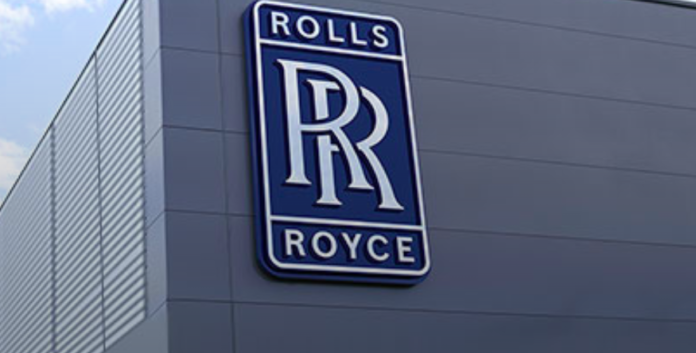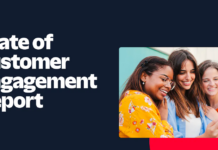Rolls-Royce has invited a group of leading companies to collaborate on Emer2gent, a new alliance of data analytics experts challenged with finding new, faster ways of supporting businesses and governments globally as they recover from the economic impacts of COVID-19.
The alliance is voluntary and insights will be published for free. Early members are Leeds Institute for Data Analytics, IBM, Google Cloud, The Data City, Truata, RollsRoyce and ODI Leeds. The alliance will be facilitated and co-ordinated by innovation specialists Whitespace.
The initial wave of allies brings together all the key elements of open innovation; data publication, licensing, privacy, security; data analytics capability; and collaborative infrastructure, to kick off its early work and grow its membership.
Emer2gent will combine traditional economic, business, travel and retail data sets with behaviour and sentiment data, to provide new insights into the global recovery from COVID-19. This work will be done with a sharp focus on privacy and security, using industry best practices for data sharing and robust governance.
Also, Emer2gent models are intended help get people and businesses back to work as soon as possible by identifying lead indicators of economic recovery cycles. Businesses as well as governments, can use these insights to build the confidence they need to take early decisions, such as investments or policies, that could shorten or limit the recessionary impacts from the pandemic.
Caroline Gorski, global director of Rolls-Royce’s R 2 Data Labs, said they wanted the global economy to get better as soon as possible so people can get back to work.
“Our data innovation community can help do this and is at its best when it comes together for the common good,” sai Gorski. “People, businesses and governments around the world have changed the way they spend, move, communicate and travel because of COVID-19 and we can use that insight, along with other data, to provide the basis for identifying what new insights and trends may emerge that signify the world’s adjustment to a ‘new normal’ after the pandemic.”
















